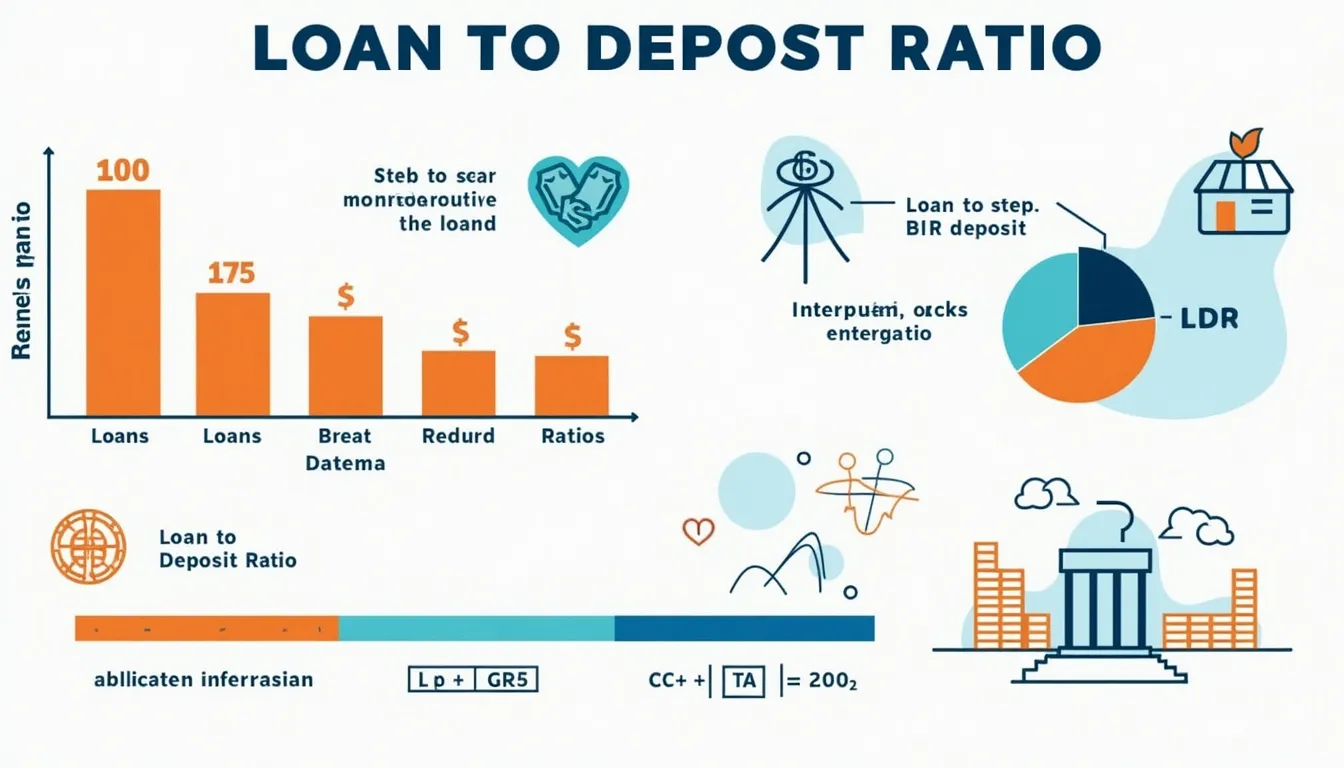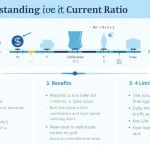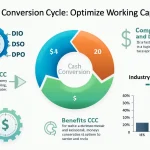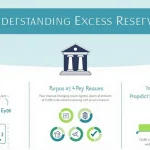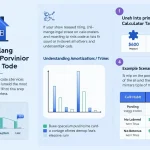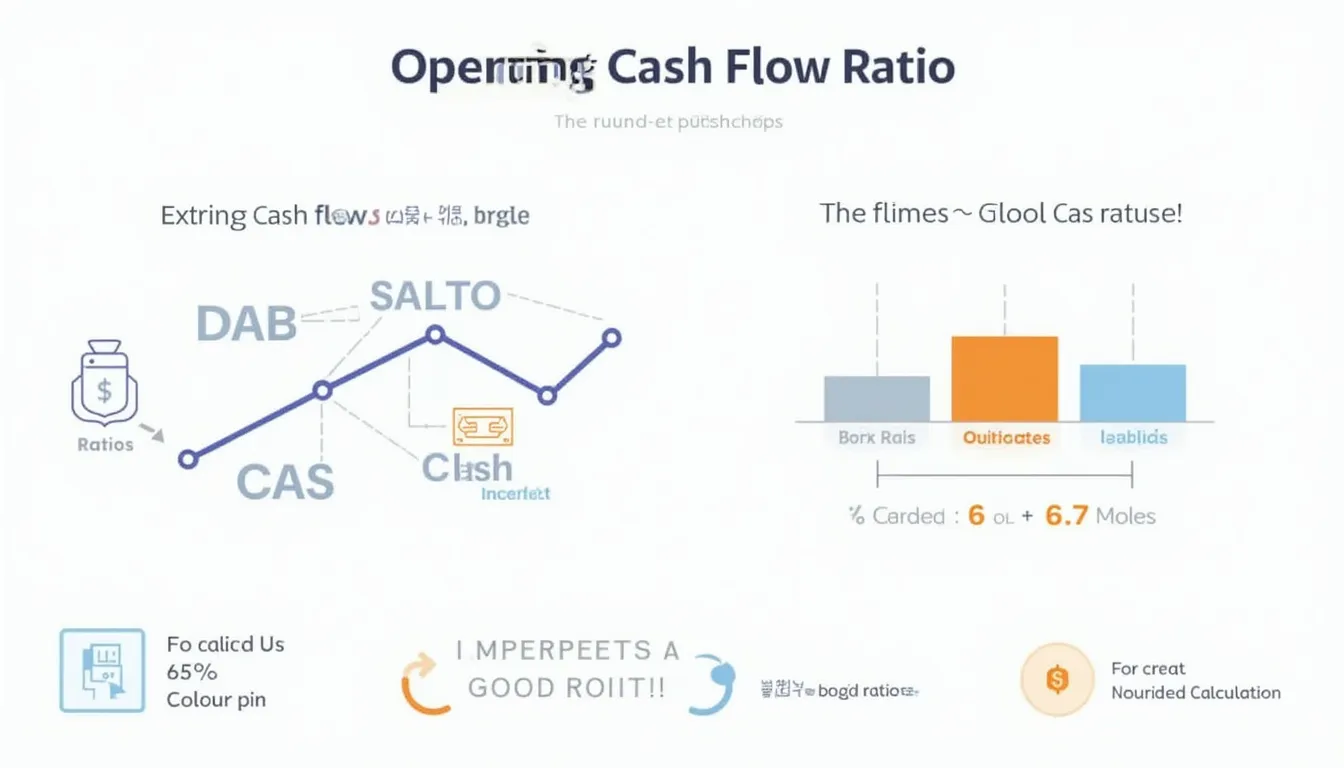Loan to Deposit Ratio Calculator
Is this tool helpful?
How to use the tool
- 1. Enter loans – Type the outstanding loan balance. Example A: $2,200,000. Example B: $965,500.
- 2. Enter deposits – Type total customer deposits. Example A: $2,750,000. Example B: $1,120,000.
- 3. Read the ratio – The tool divides loans by deposits and presents the result to two decimals.
- 4. Interpret – Compare the ratio with the guide below: under 0.80 = conservative, 0.80-0.90 = balanced, over 0.90 = aggressive.
Formula
$$\text{Loan-to-Deposit Ratio} = rac{\text{Total Loans}}{\text{Total Deposits}}$$
Example calculations
- Example A: $$ rac{2{,}200{,}000}{2{,}750{,}000}=0.80$$ → balanced lending.
- Example B: $$ rac{965{,}500}{1{,}120{,}000}\approx0.86$$ → still within typical range.
Quick-Facts
- Target range for most U.S. banks: 80-90 % (“FDIC Quarterly Banking Profile Q4 2023”, https://www.fdic.gov/analysis/quarterly-banking-profile).
- Basel III flags ratios above 90 % as “heightened liquidity risk” (BCBS, 2019).
- Average LDR in Europe 2022: 96 % (European Banking Authority Risk Dashboard, 2023).
- U.S. community banks hold median 76 % LDR (Federal Reserve Community Banking Study, 2022).
FAQ
What is the loan-to-deposit ratio?
The loan-to-deposit ratio compares total outstanding loans with total deposits to gauge liquidity and lending aggressiveness (“OCC Liquidity Handbook”, 2021).
How do I compute it without the tool?
Add every loan balance, add every deposit, then divide loans by deposits and round to two decimals; regulators use the same method (BCBS, 2019).
Why aim for 0.80-0.90?
“Regulators generally view ratios above 90 % as heightened liquidity risk,” yet lower than 80 % signals idle funds (BCBS, 2019).
What if the ratio exceeds 100 %?
A ratio over 1.00 means loans outstrip deposits; the bank relies on wholesale funding and faces withdrawal pressure (“FDIC Risk Review 2023”, https://fdic.gov).
How often should banks calculate it?
Most institutions recalculate monthly; volatile markets justify weekly checks (“FDIC Supervisory Insights”, 2022).
How does it relate to the Liquidity Coverage Ratio?
LCR measures high-quality liquid assets versus cash outflows, while LDR measures balance-sheet composition; both highlight funding stability (BCBS, 2013).
Does a low ratio hurt earnings?
Yes; unused deposits earn less than loans, trimming net interest margins (Federal Reserve Report on Bank Profitability 2023).
How can a bank lower a high ratio quickly?
Increase deposits via higher rates, securitize loans, or slow new lending; each tactic reduces the numerator or boosts the denominator (OCC, 2021).
Important Disclaimer
The calculations, results, and content provided by our tools are not guaranteed to be accurate, complete, or reliable. Users are responsible for verifying and interpreting the results. Our content and tools may contain errors, biases, or inconsistencies. Do not enter personal data, sensitive information, or personally identifiable information in our web forms or tools. Such data entry violates our terms of service and may result in unauthorized disclosure to third parties. We reserve the right to save inputs and outputs from our tools for the purposes of error debugging, bias identification, and performance improvement. External companies providing AI models used in our tools may also save and process data in accordance with their own policies. By using our tools, you consent to this data collection and processing. We reserve the right to limit the usage of our tools based on current usability factors.
